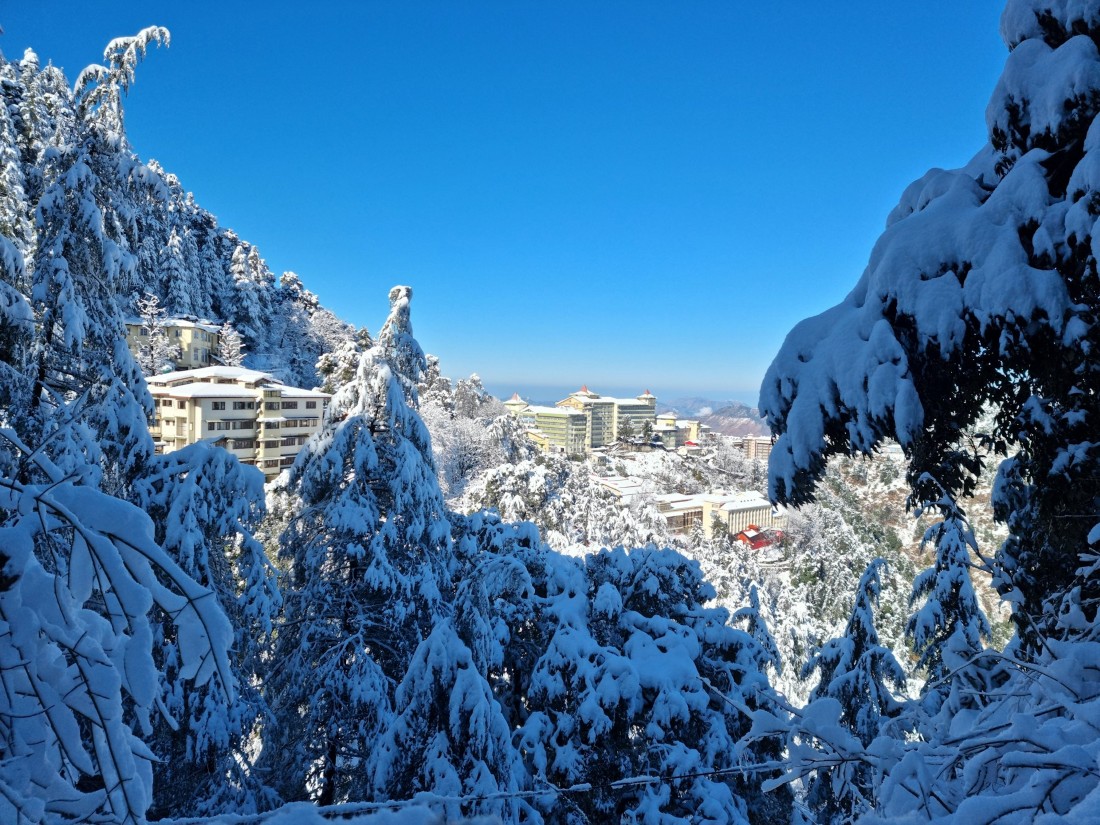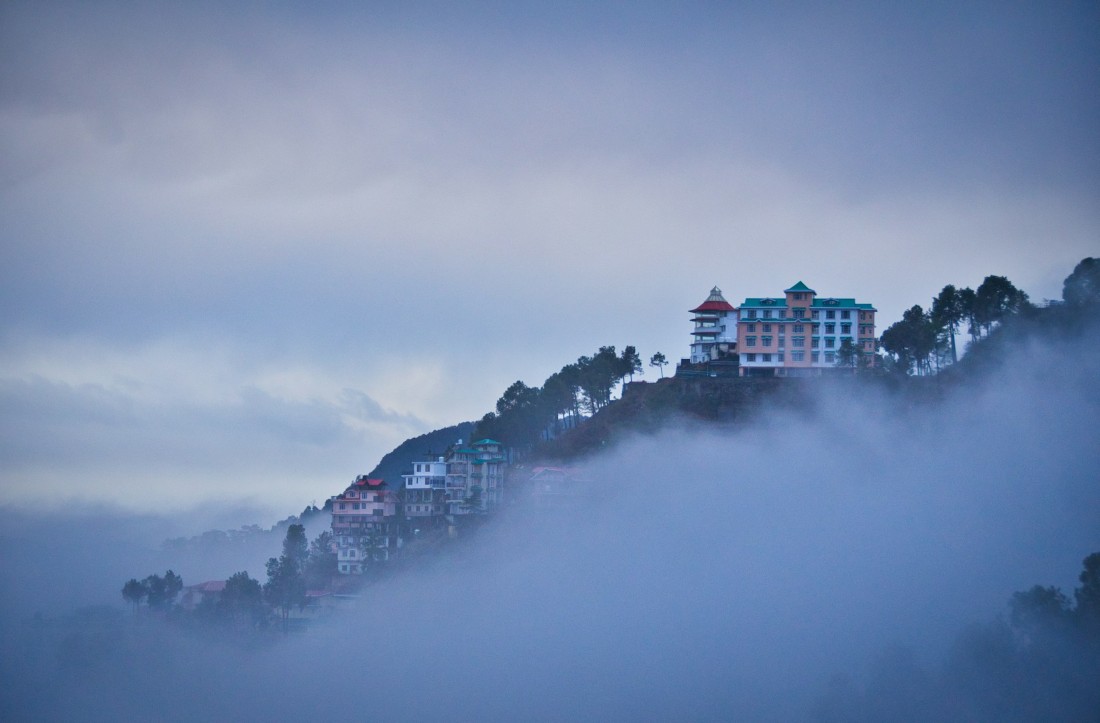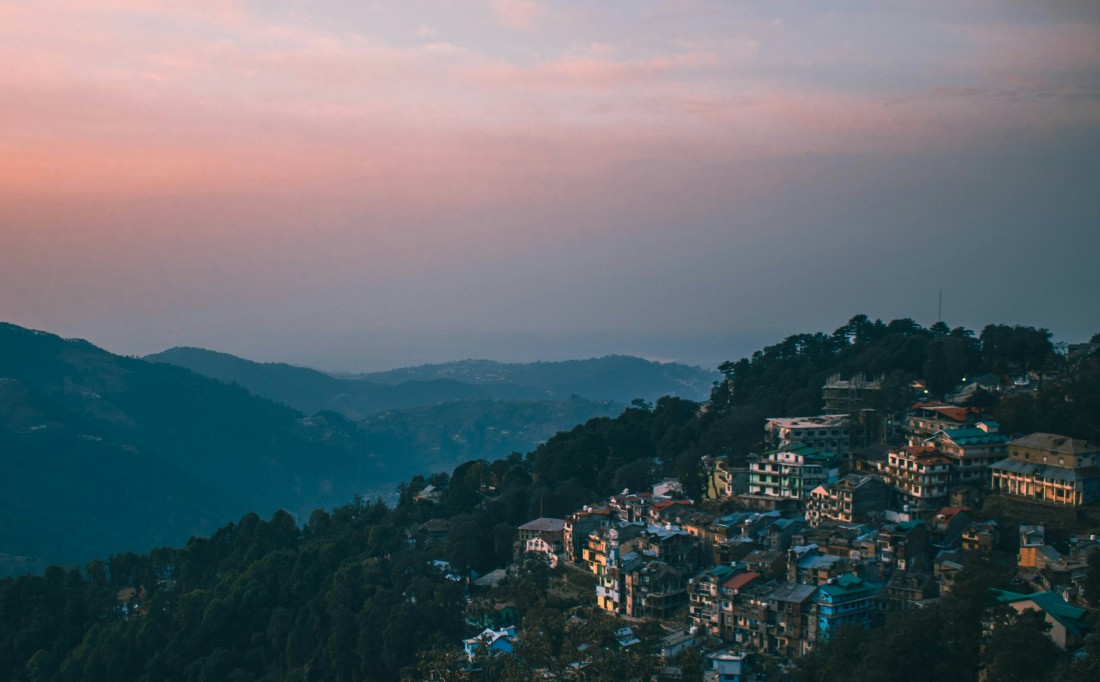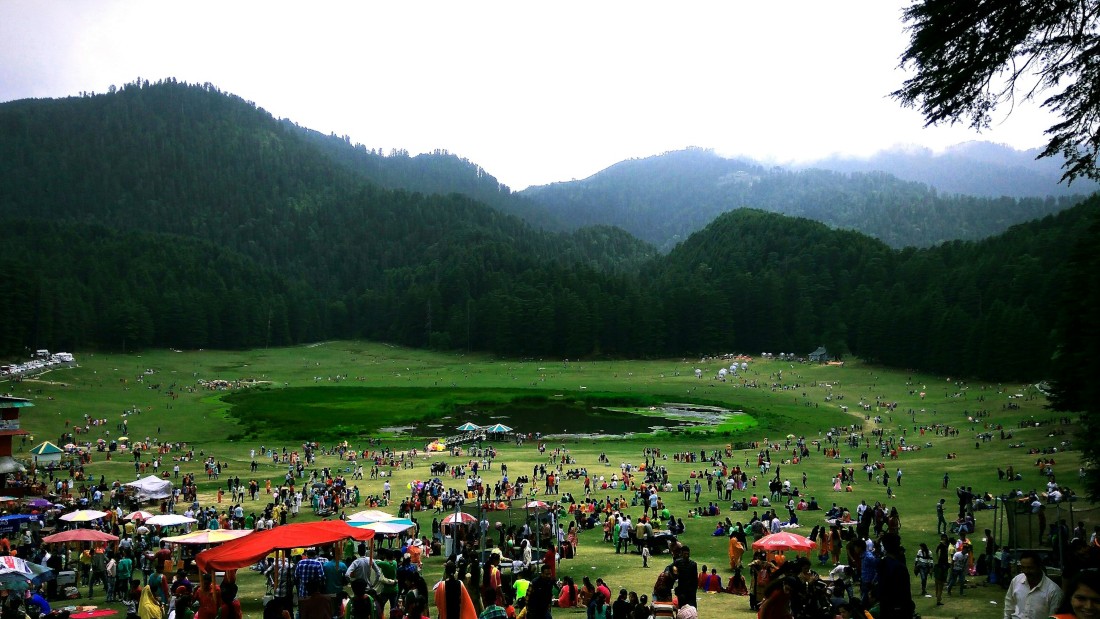8 Days Himachal (Shimla, Manali, Dalhousie)
Chandigarh > Shimla 2N > Manali 3N > Dalhousie 2N > Pathankot/Chandigarh/Amritsar
Duration
8 Days
Tour Type
Leisure & Sightseeing
Group Size
12 persons
Location
Himachal Pradesh
Sketch Itinerary
Itinerary
Day 1: Arrival at Chandigarh Airport / Railway station

Travel to Shimla, Check in at the Hotel and relax
Commence your Shimla retreat with a visit to the historic Viceregal Lodge, also known as Rashtrapati Niwas, a colonial-era building with beautiful architecture and lush gardens. Explore the Indian Institute of Advanced Study housed within the lodge, showcasing artifacts and exhibits related to India's independence movement. Afternoon, stroll along the iconic Mall Road, lined with shops, cafes, and colonial-era buildings. Visit landmarks like Christ Church and Scandal Point, and indulge in local snacks and souvenirs. Spend the evening at the Ridge, enjoying panoramic views of the surrounding mountains and the sunset.
Overnight Stay in Shimla
Day 2: Shimla Sightseeing

Today explore the place visiting the top attractions of Shimla
Start your day with a visit to the Jakhu Temple, dedicated to Lord Hanuman, situated atop Jakhu Hill, offering panoramic views of Shimla and the surrounding valleys. Take a leisurely nature walk through the lush greenery of the Glen Forests, enjoying the serene ambiance and spotting diverse flora and fauna. Afternoon, visit the Kufri Himalayan Nature Park, known for its wildlife and adventure activities like horse riding and yak rides. Conclude your Shimla visit with a ride on the historic Shimla-Kalka Toy Train, a UNESCO World Heritage Site, offering scenic views of the Himalayas before bidding farewell to this charming hill station.
Overnight Stay in Shimla
Day 3: Travel to Manali

Check in Hotel and relax, Experiance local food and sighseeing till eveing
Commence your Manali adventure with a visit to the Hadimba Devi Temple, a serene temple surrounded by cedar forests, dedicated to the goddess Hadimba. Explore the Van Vihar National Park, a lush green park with walking trails and picnic spots, perfect for a leisurely morning stroll. Afternoon, head to the Solang Valley, known for its adventure activities like paragliding, zorbing, and skiing (seasonal). Enjoy thrilling adventures amidst the stunning Himalayan landscape. Spend the evening at the Mall Road, shopping for souvenirs and enjoying local delicacies at the street food stalls.
Overnight Stay in Manali
Day 4: Today explore the place visiting the top attractions of Manali

Explore the place and activities of your interest today and be leisure
Start your day with a scenic drive to the Rohtang Pass, a high-altitude mountain pass offering panoramic views of the surrounding peaks and glaciers (subject to weather and road conditions). Enjoy activities like snow biking and snowball fights (seasonal). Return to Manali and visit the Tibetan Monastery, a tranquil monastery known for its colorful frescoes and prayer wheels. Explore the nearby Vashisht Temple and Hot Springs, where you can take a dip in the natural hot springs for a rejuvenating experience. Conclude your Manali visit with a visit to the Naggar Castle, a historic castle offering panoramic views of the valley, before bidding farewell to this charming mountain town.
Overnight Stay in Manali
Day 5: Today explore the place visiting the top attractions of Manali

Explore the place and activities of your interest today and be leisure
Overnight Stay in Manali
Day 6: Travel to Dalhousie

Check in Hotel and relax, Experiance local food and sighseeing till eveing
Begin your Dalhousie retreat with a visit to the St. John's Church, an ancient church known for its architectural beauty and serene ambiance. Explore the picturesque landscapes of Subhash Baoli, a natural spring believed to have medicinal properties, offering panoramic views of the surrounding mountains. Visit the iconic Dalhousie Palace, a colonial-era mansion with stunning architecture and historical significance. Spend the evening at Gandhi Chowk, the main market area, exploring local handicrafts and souvenirs.
Overnight Stay in Dalhousie
Day 7: Today explore the place visiting the top attractions of Dalhousie

Explore the place and activities of your interest today and be leisure
Start your day with a visit to the Kalatop Wildlife Sanctuary, a pristine forest reserve known for its diverse flora and fauna. Enjoy a nature walk amidst the lush greenery and breathtaking views of the Himalayas. Visit the Khajjiar Lake, often referred to as the Mini Switzerland of India, for its scenic beauty and tranquil surroundings. Explore the Khajji Nag Temple, dedicated to the serpent god Nag Devta, surrounded by dense cedar forests. Conclude your Dalhousie visit with a visit to the Panchpula Waterfalls, enjoying the serene ambiance and natural beauty before bidding farewell to this charming hill station.
Overnight Stay in Dalhousie
Day 8: Departure Day

Explore the place and activities of your interest today and be leisure
Drop at Airport (Pathankot/Chandigarh/Amritsar)
End of Tour
Included/Excluded
Experiences
 Adventure & Thrill
Adventure & Thrill Culinary & Food
Culinary & Food Mountain & Hill Stations
Mountain & Hill Stations Nature & Wildlife
Nature & Wildlife Scenic Drives
Scenic Drives Shopping & Local Markets
Shopping & Local Markets Spa & Wellness Retreats
Spa & Wellness RetreatsFAQs
What is the best time to visit Himachal Pradesh?
How can I reach Himachal Pradesh?
What are the most popular tourist destinations in Himachal?
What are the accommodation options available?
What should I pack for a Himachal trip?
Are permits required for Himachal Pradesh travel?
Is local transport easily available?
Are mobile and internet services available?
What kind of food is available?
Are there activities in Himachal?
What are the seasonal health considerations?
Are there any local cultural etiquette tips?
What is Shimla famous for?
Why is Manali so popular?
When does it snow in Manali?
Can I go to Rohtang on my own?
What is special about Dalhousie?
Is snowfall common in Dalhousie?
Best time to visit Dalhousie?
Extra prices:
Discounts:
- {{total_price_html}}
- {{pay_now_price_html}}




